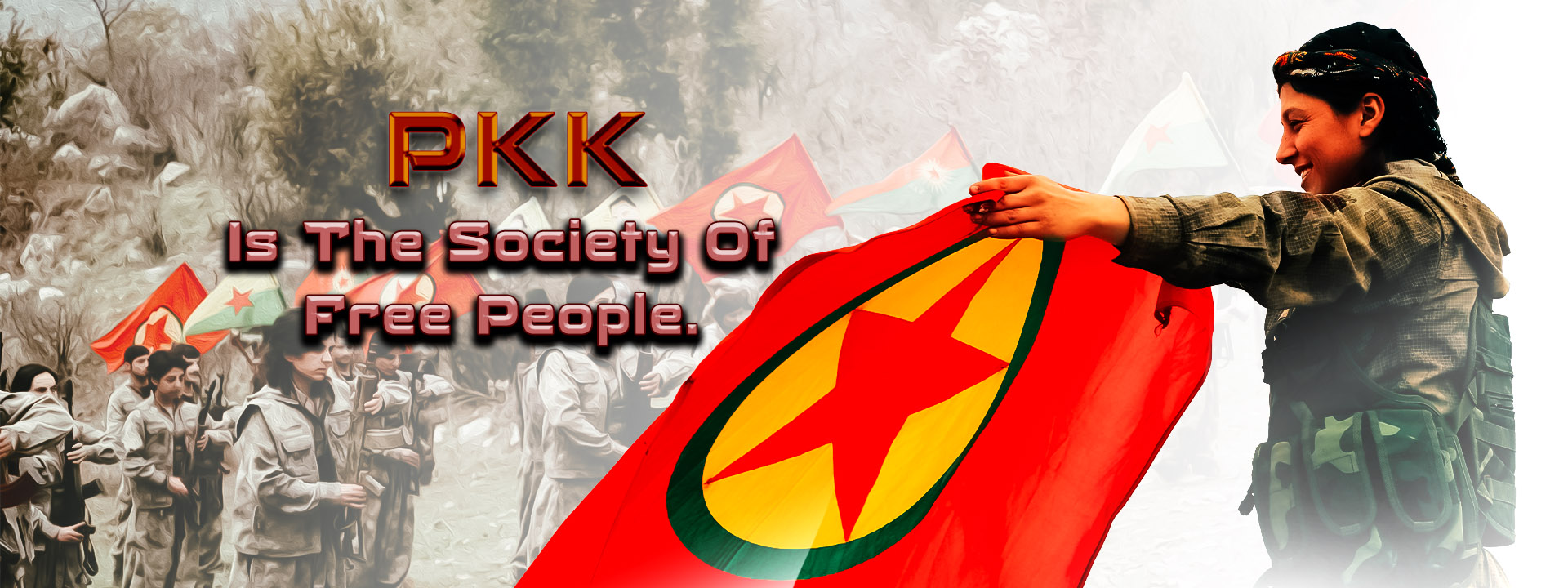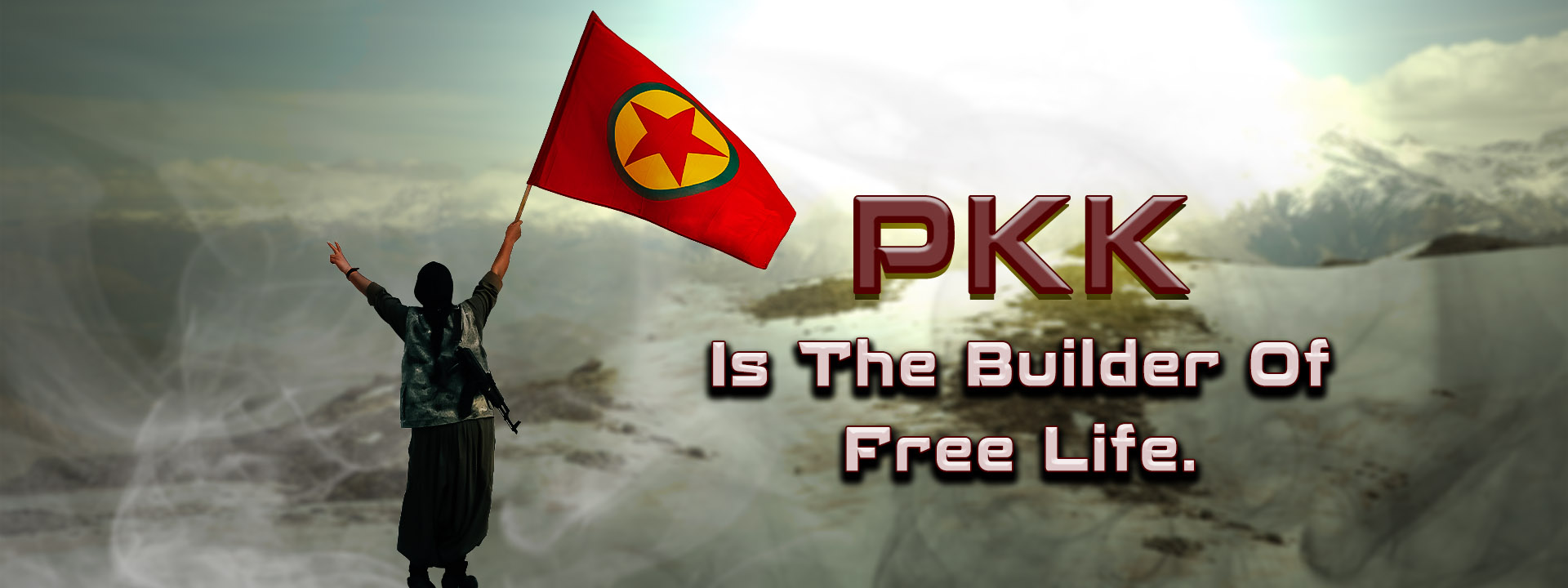To the Press and Public!
On 18 October, at 21:00 hour, our guerrillas carried out a warning action against the continuation building of the Narin Kale hydroelectric plant on the River of Aras, in the district of Kagizman/Kars. The building of the site has been burnt and the workers warned.
- Details
To the Press and Public!
1- On 17 October, at 05:00 hour, our guerrillas carried out a sabotage action against the DAIS gangs. As a result 2 gangs killed.
- Details
To the Press and Public!
1- The occupier Turkish state army have been carrying out ambushes, for a while now, in and surrounding areas of the Guanis, Kovike, Mamxwura, the Bridge of Etkare, in the District of Beytussebap/Sirnak.
- Details
To the Press and Public!
1- On 15 October, at 14:00 hour, our guerrilla forces carried out a sabotage action against DAIS gangs in the Village of Gabare/Sengal. As a result, targeted vehicle has been destroyed.
- Details
To the Press and Public!
1- On 14 October, in between 06:30 – 16:00 hours, the war-planes and drones belong to the occupier Turkish state army carried out intense flights on our Region of Zap/the Medya Defence Areas.
- Details
To the Press and Public!
1- On 12 October, at 21:00 hour, our guerrillas carried out an action against the DAIS gangs based in the Village of Varga Xaliya, in the region of Silo/Sengal.
- Details
To the Press and Public!
1- On 11 October, in between 10:30 – 11:00 hours, the Turkish state Army’s Oramar military base intensively bombarded the areas of Sehit Gafur and Sehit Rahime, with obus and mortars.
- Details
To the Press and Public!
1- On 10 October, at 08:00 hour, our YJA-Star forces in Kerkuk carried out an assassination action against the DAIS gangs in the Village of Bansaxe/town of Dahok/Kerkuk.
- Details
To the Press and Public!
1- On 11 October, at 05:30 hour, our guerrilla forces and the Sengal Resistance Units (YBS) jointly carried out an ambush against DAIS gangs on the Sengal Road.
- Details
To the Press and Public!
1- On 9 October, in between 00:00 – 02:00 hours, our guerrillas and pesmerge forces carried out a joint action against the DAIS gangs based in the Village of Vahde/Kerkuk, with heavy weaponry.
- Details



